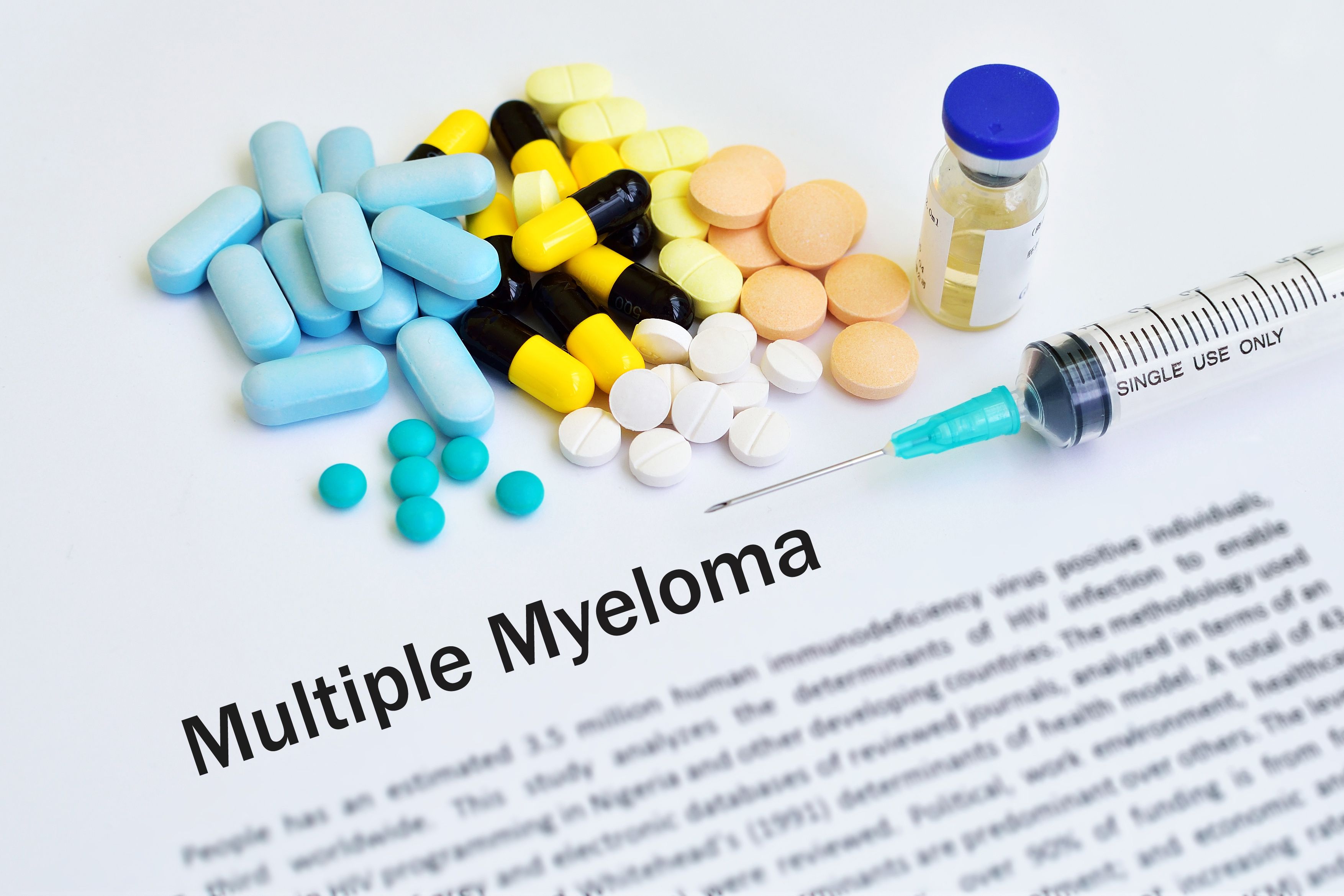Article
Use of Potentially Inappropriate Medications Associated With Increased Risks for Poor Outcomes in Older Patients With Cancer
Author(s):
The use of five or more medicines — as well as some drugs that could be deemed inappropriate — may put older patients with cancer at a higher risk for complications, such as weakness.
Older patients with blood cancer who are taking multiple medications for other chronic conditions were more likely to have an increased risk of weakness, according to recent study findings.
The results also showed that those patients were more likely to be taking potentially inappropriate medications, which according to the study investigators highlights the importance of patient-clinician communication regarding medications.
Older patients with cancer who are taking multiple medications for other chronic conditions were more likely to have an increased risk of weakness.

“If you’re taking a lot of medications, your chances of being frail (weak) at the get go, before we even start talking about (cancer) treatment was fairly high,” explained Dr. Tammy T. Hshieh, an associate physician who specializes in geriatrics at Brigham and Women’s Hospital and Dana-Farber Cancer Institute in Boston, said in an interview with CURE®. “Then we decided to look at potentially inappropriate medications … each additional inappropriate medication would increase the odds of patients being frail by 65%.”
Hshieh and her colleagues recently conducted research — which was published in the Journal of the National Comprehensive Cancer Network — that analyzed polypharmacy (which is defined as patients taking five or more medications) and potentially inappropriate medications and their relationship to weakness in older adults with blood cancer.
They used the Anticholinergic Risk Scale (ARS) as well as the NCCN Medications of Concern — both of which outline potentially inappropriate medications for patient populations — to create their own scale of inappropriate medications, called the GO-PIM (Geriatric Oncology Potentially Inappropriate Medications) scale.
What are Some Common Potentially Inappropriate Medications?
There are a few potentially inappropriate medications that Hshieh and her colleagues frequently saw in patients with blood cancer — many of which may be able to be replaced with other drugs.
They were:
- Benzodiazepines, which are sedatives that are frequently used as a sleep aid, anti-nausea drug or to decrease anxiety.
- Selective serotonin reuptake inhibitors (SSRI), a class of drugs used for anxiety and depression.
- Steroids.
- Opioids.
“We understand that a lot of our patients, especially in the cancer clinics, need to be on some of these medications,” Hsieh mentioned. “Benzodiazepines can also help with nausea, and a lot of patients are going to be struggling with their mood. But there are alternatives. If you look at the (National Comprehensive Cancer Network) guidelines, they have some really good suggestions as to other medications to try.”
Hshieh noted that instead of using benzodiazepines, patients should talk to their doctors about being prescribed another drug called Zofran (ondansetron) instead. This drug is less likely to cause negative side effects, such as falls and cognitive impairment, compared to benzodiazepines.
Regarding SSRIs, Hshieh explained that there are some that are better than others, and patients should talk with their care team about being prescribed the SSRI that has fewer side effects and less potential for withdrawal symptoms.
How to Pick a Medication Regimen
“Having patients have an open mind and open communication and conversation with their clinicians makes a huge difference,” Hshieh said.
Hshieh stated that patients are now more involved in their care than ever before. Years ago, she said, patients listened to their doctors and never questioned a clinician’s decision. Now, with more information available to them, patients have become more active participants in their care.
“It’s wonderful to have them come to us, their doctors, and say that they want to work on decreasing the number of medications on their list, or (explain that) they are sensitive to medications and want to be careful about what medications are started,” Hshieh said.
These types of conversations are particularly important in the cancer space, explained Hshieh since some cancer drugs are extremely potent and may not be avoidable. That said, Hsieh advised patients and providers to work together to ensure that other medications do not put them at a higher risk for weakness or other complications.
“Patients with cancer are often getting pretty strong cancer medications because they’re potentially going to save their lives or give them quality of life for more years,” she concluded. “So we know that they have to take these medications; we want to optimize and set them up to be successful by not adding barriers in the way.”
For more news on cancer updates, research and education, don’t forget to subscribe to CURE®’s newsletters here.




